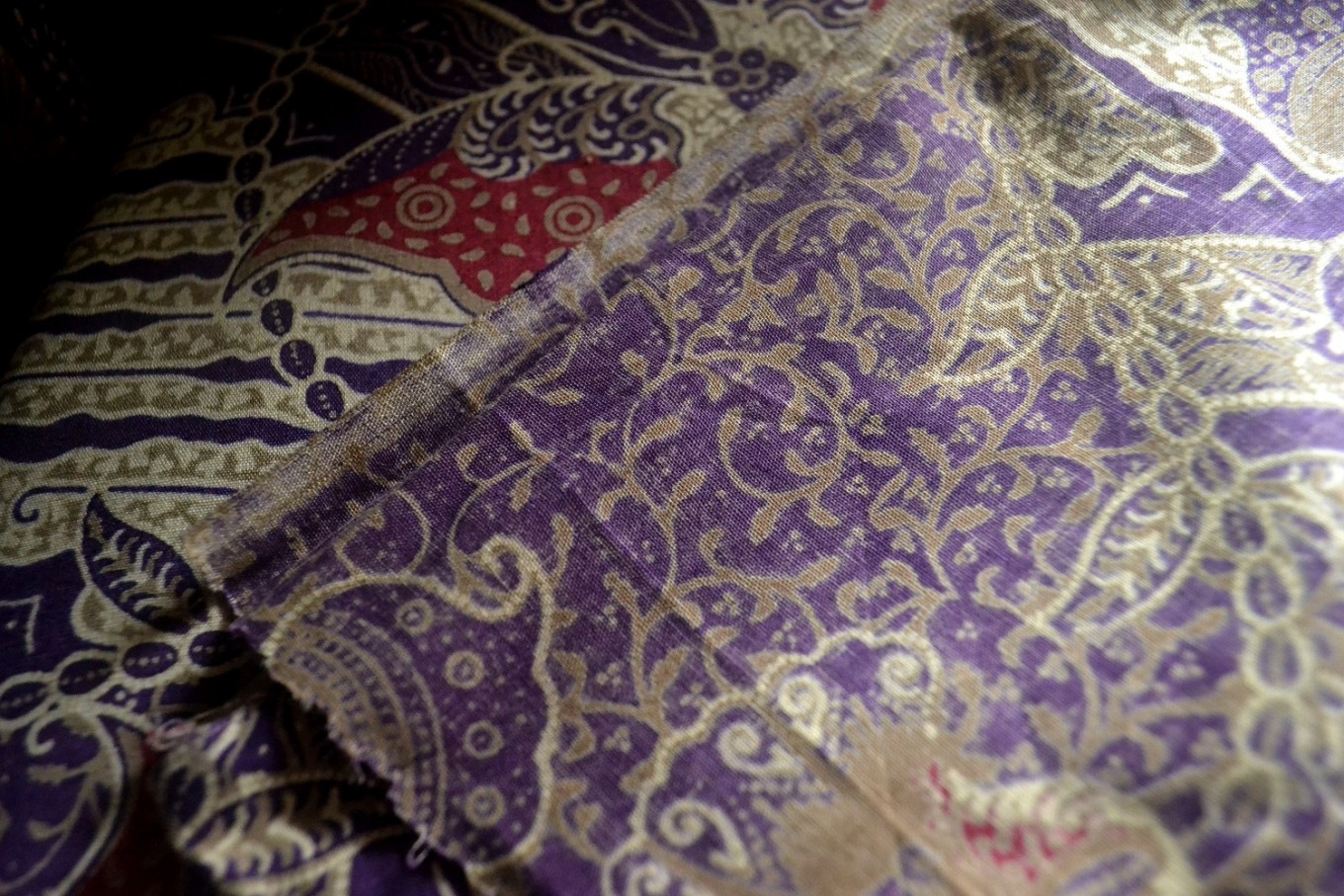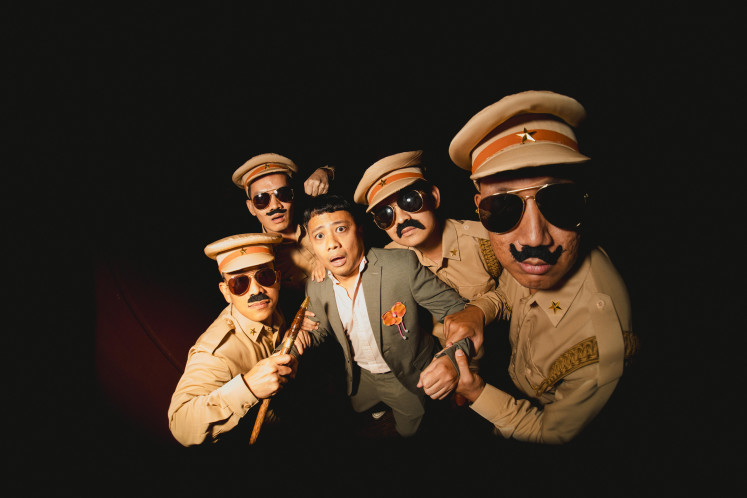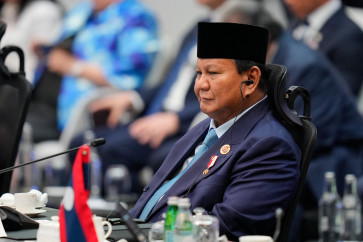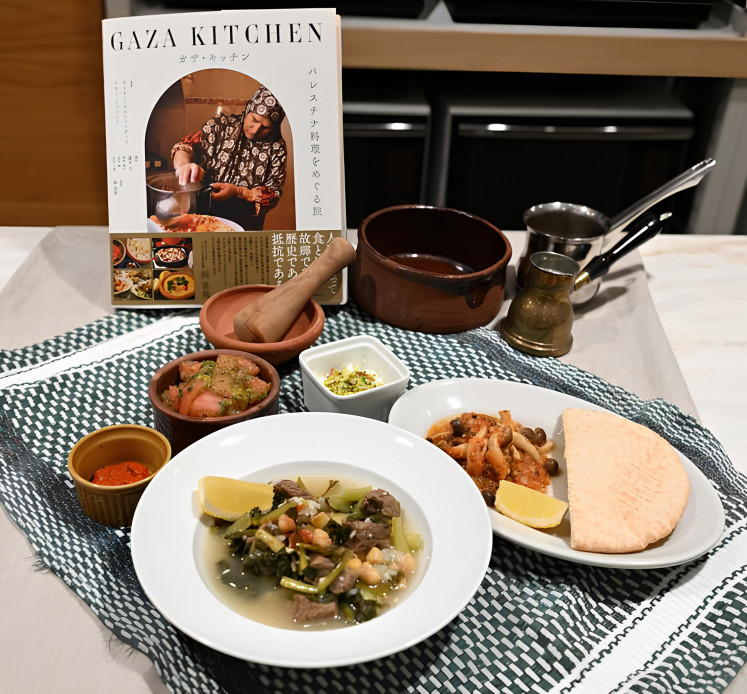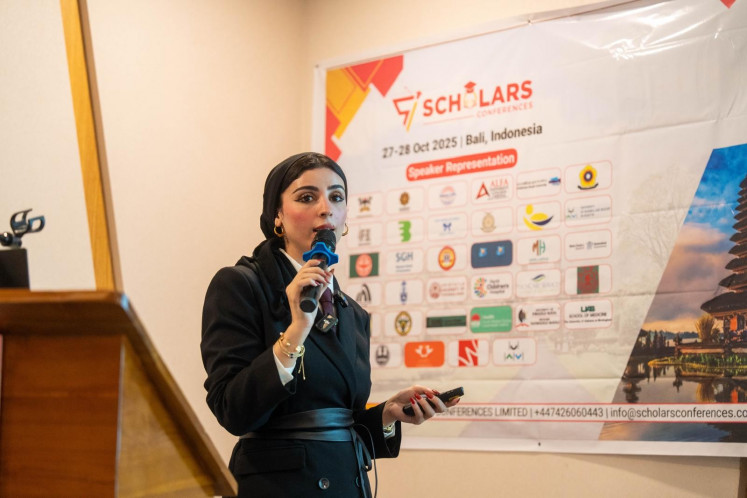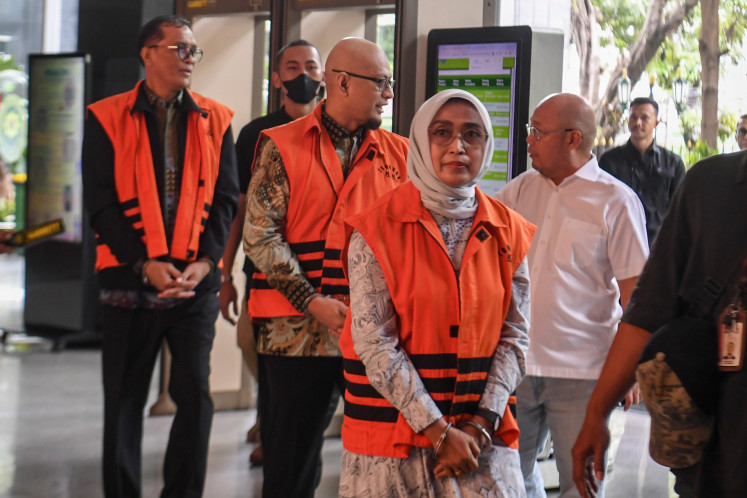Popular Reads
Top Results
Can't find what you're looking for?
View all search resultsPopular Reads
Top Results
Can't find what you're looking for?
View all search resultsThree ways to identify quality batik
Batik is among the most popular icons of Indonesian culture. Despite its popularity, however, not all lovers of batik are familiar with the painstaking process of creating the intangible heritage.
Change text size
Gift Premium Articles
to Anyone
B
atik is among the most popular icons of Indonesian culture. Despite its popularity, however, not all lovers of batik are familiar with the painstaking process needed to create intangible heritage.
The value of a length of batik can be identified by how it has been made, which consist of the hand-drawn batik tulis (literally meaning "written batik"), batik cap (stamped batik) and printed batik. Among the three, batik tulis is said to be the most valuable, as the long time needed to produce the batik by hand requires both patience and persistence.
Those interested in buying batik tulis will want to look at the three aspects below to choose the best fabrics.
1. Color scheme
The traditional way of making batik uses malam (hot liquid wax), which was introduced by the Gujarati traders who came to Java in the 6th century.
Both the handmade batik tulis and batik cap are created using natural dyes made from leaves and flowers, which produces a range of earth tones and generally feature the deep-brown sogan color that resembles the color of soil. These batik are sometimes also called batik sogan.
Meanwhile, printed batik uses chemical dyes that result in brighter, more vibrant colors and a wider range of color variations.
Read also: Batik: a cultural dilemma of infatuation and appreciation
2. Reverse side
One easy way to identify handmade batik tulis is by checking the "reverse" side of the fabric. In printed batik, the reverse side is visibly evident with faded colors, as only one side of the fabric is printed using a textile printer.
On the other hand, batik tulis is made by applying wax to both the front and back of the fabric, and the color is consistently bright on both sides, as the fabric is hand-dyed by submerging into a vat of dye.
3. 'Organic' appearance
Every stroke in a batik tulis is drawn by hand using a canting, a special copper-bowled implement, which results in a more "organic" appearance to the fabric's motifs.
Moreover, since it’s hand-drawn, a batik tulis may sport some unique stains or other anomalies. Although this may make batik tulis look untidy when compared with printed batik, it is this beautiful mess that makes batik tulis more valuable. (jes/asw)

